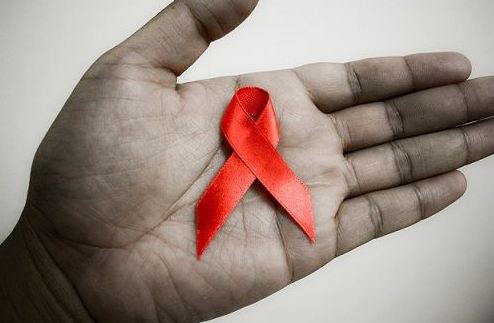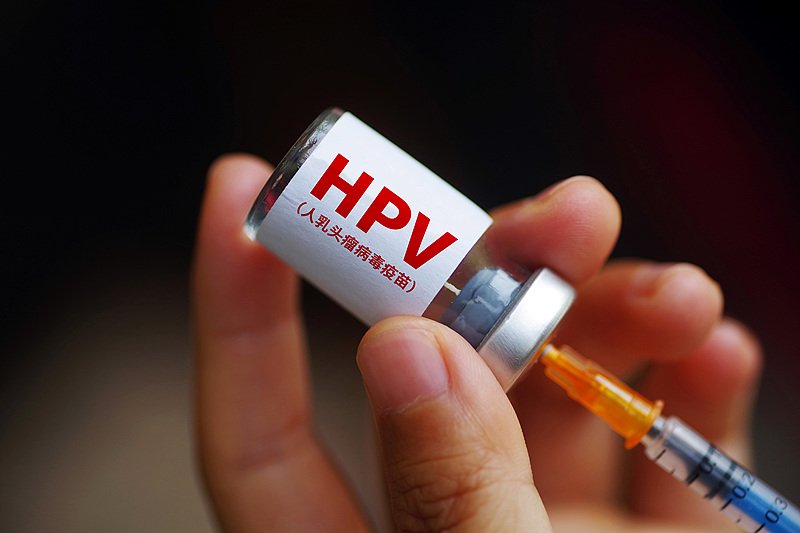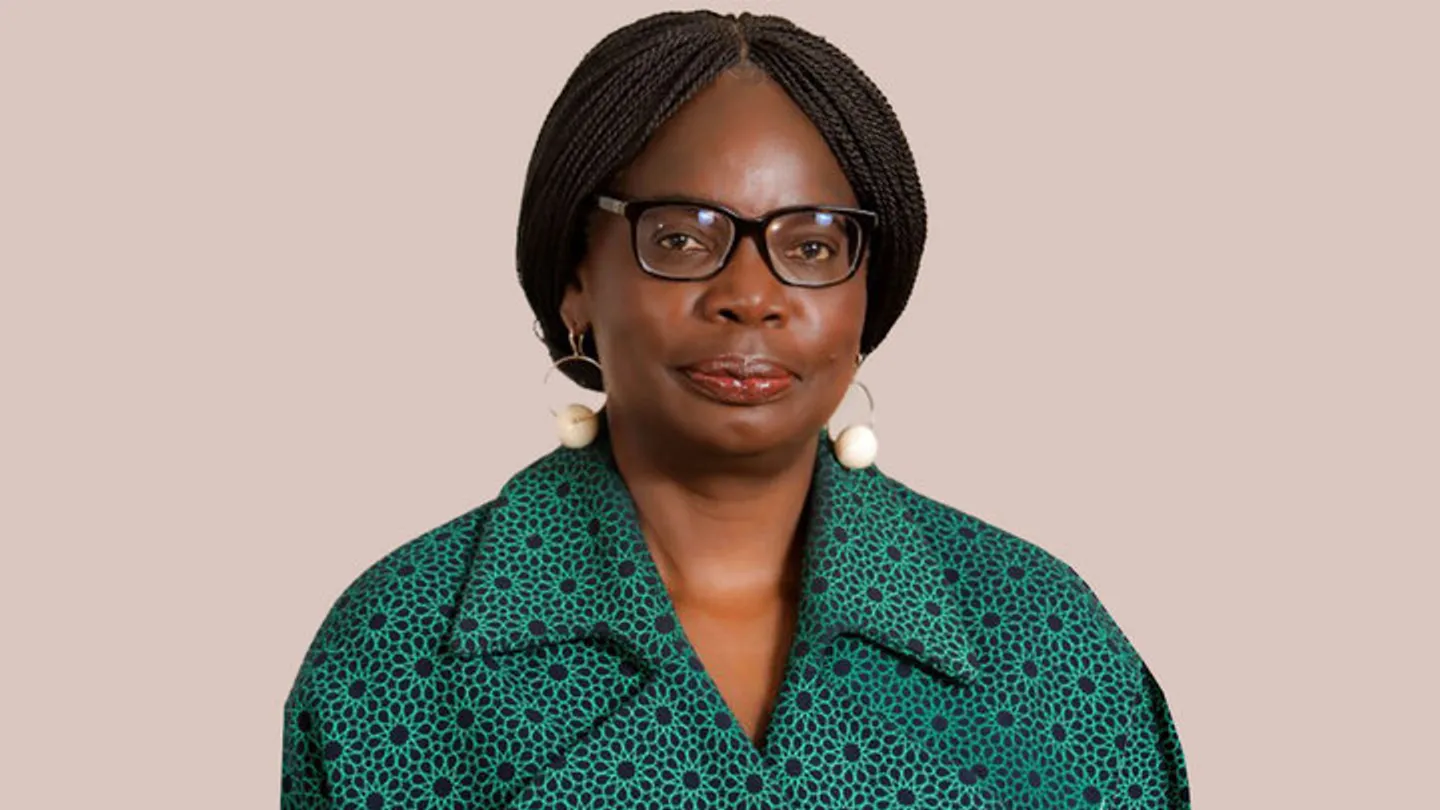
UNAIDS: Men more likely to die of AIDS than women

Men are more likely to die of AIDS-related illnesses than women, the Joint United Nations Programme on HIV/AIDS (UNAIDS) says.
The agency released a new report dubbed The Blind Spot, showing that men are less likely to take an HIV test and also less likely to access antiretroviral therapy.
It shows that globally, less than half of men living with HIV are on treatment, compared to 60% of women.
The report also indicates that compared to women, men are more likely to begin treatment late, to interrupt treatment and to be lost to treatment follow-up.
“Addressing the inequalities that put women and girls at risk of HIV is at the forefront of the AIDS response,” Executive Director of UNAIDS Michel Sidibé said.
“But there is a blind spot for men—men are not using services to prevent HIV or to test for HIV, and are not accessing treatment on the scale that women are,” he added.
In sub-Saharan Africa, men and boys living with HIV are 20% less likely than women and girls living with HIV to know their HIV status, and 27% less likely to be accessing treatment.
In KwaZulu-Natal, the province with the highest HIV prevalence in South Africa, only one in four men aged 20–24 years living with HIV in 2015 knew that they had the virus.
In western and central Africa, only 25% of men living with HIV are accessing treatment. When people are not on treatment they are more likely to transmit HIV.
The Blind spot shows that by enabling men to stay free from HIV, get tested regularly and start and stay on treatment if HIV-positive, the benefits will not only improve male health outcomes, but will contribute to declines in new HIV infections among women and girls and to altering harmful gender norms.






